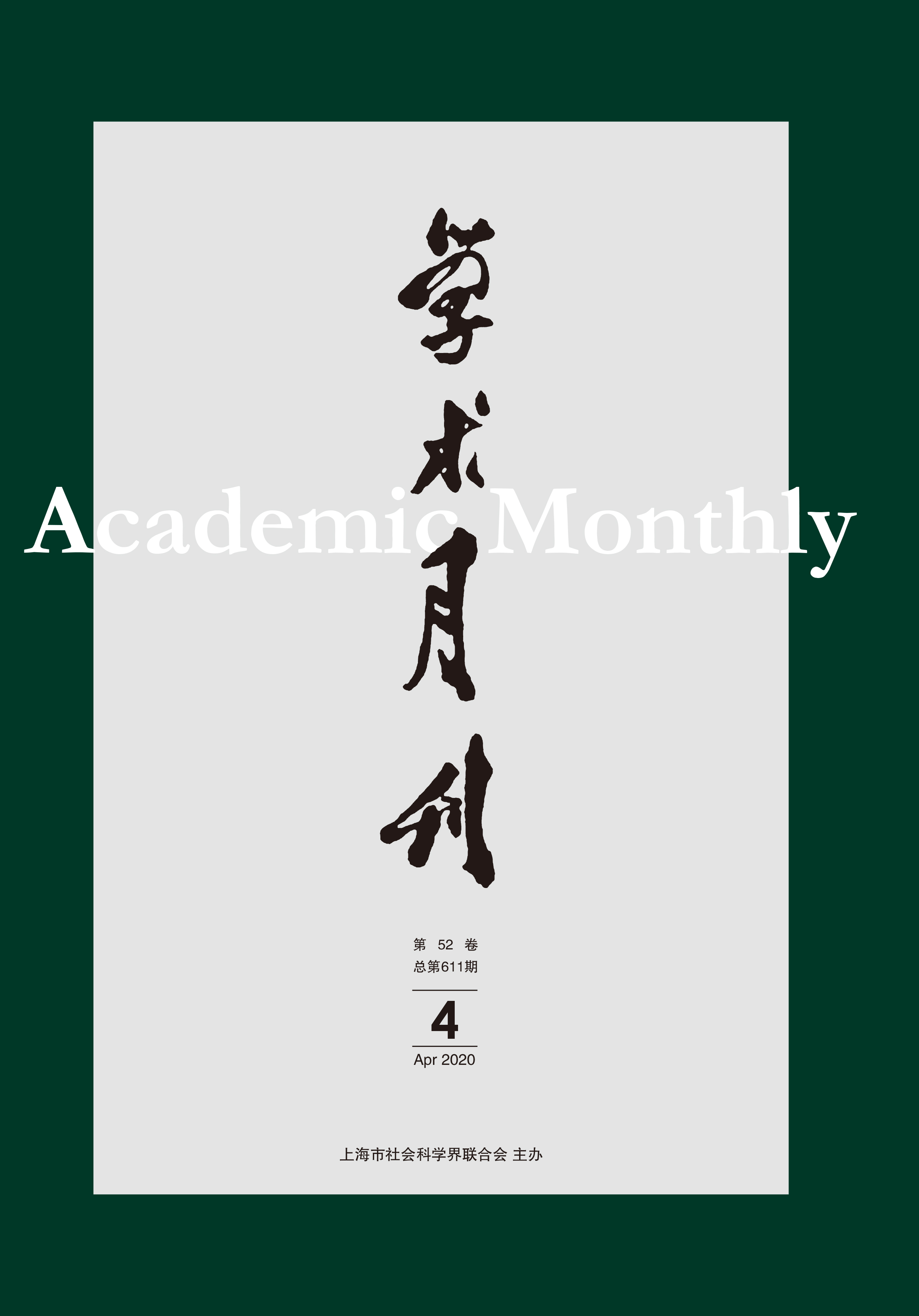Seventeen-Year-Old Light Cavalry and the Structure of Feelings of the Youth in the 1990s
- Available Online: 2020-04-01
Abstract: Lu Nei’s collection of Seventeen-Year-Old Light Cavalry is a typical case, which helps us to study the structure of feelings of the youth in the 1990s. The protagonist’s sense of failure, boredom and sentimentality is not only from his personal character, psychology or literary habits, but also like “political unconsciousness” to record the social transformation he experienced. There are many historical views in Lu Nei’s novel, on the one hand, looking back on the glorious years of the Chinese working class, on the other hand, understanding the practice of the socialist revolution as a kind of depression and trauma. The writer, narrator and character are all swinging between various narratives and historical views. This collection of novels provides an opportunity for us to examine the complex relationship between the novel’s form, structure of feelings and historical experience.



 沪公网安备 31010102003103号
沪公网安备 31010102003103号 DownLoad:
DownLoad: